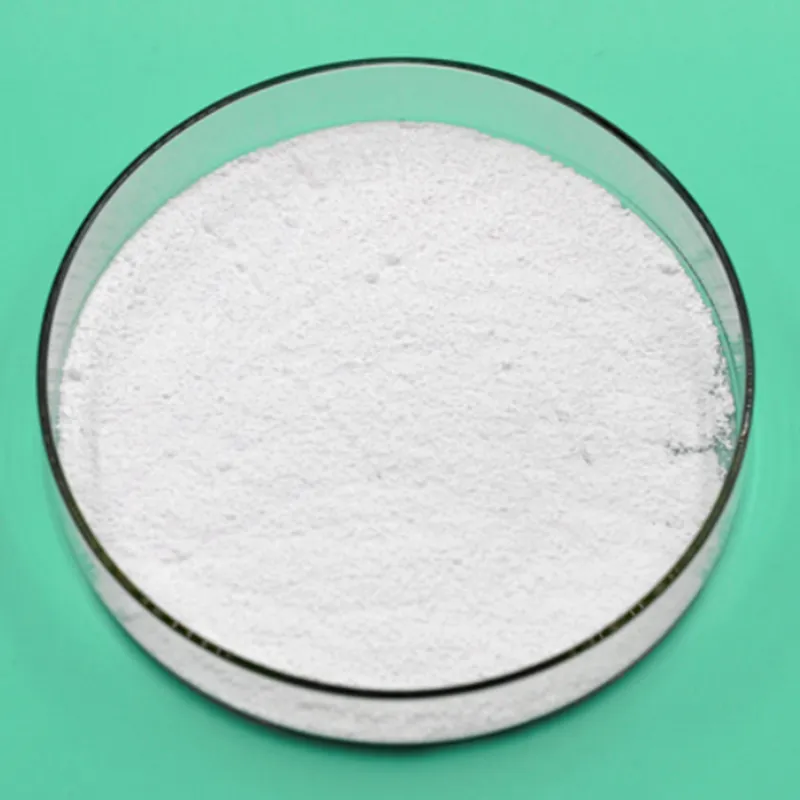
emulsifier 471
Understanding Emulsifier E471 A Comprehensive Overview
Emulsifiers are substances that facilitate the mixing of two immiscible liquids, such as oil and water, which would otherwise separate. One of the most commonly used emulsifiers in the food industry is E471, a designation that refers to a group of mono- and diglycerides derived from glycerol and fatty acids. This article delves into the nature, functions, applications, and safety of E471 in food products.
What is E471?
E471 is classified as food additive E471 in accordance with the Codex Alimentarius, an international food standards organization. Emulsifiers like E471 are produced through the process of glycerolysis, where glycerol interacts with fatty acids to create mono and diglycerides. These compounds possess both hydrophilic (water-attracting) and hydrophobic (water-repelling) properties, enabling them to stabilize emulsions.
The source of the fatty acids used to produce E471 can vary, including vegetable oils, animal fats, or both, allowing for flexibility in its applications across various dietary preferences. Importantly, the specific source of these fatty acids should be monitored, especially for those with dietary restrictions or ethical concerns.
Functions of E471
E471 serves several important functions in food formulations
1. Emulsification As its primary role, E471 helps to stabilize emulsions, preventing the separation of ingredients like oil and water. This is crucial in products like mayonnaise, salad dressings, and sauces.
2. Texture Improvement It contributes to the overall texture of food products. In baked goods, for example, E471 enhances moisture retention and can improve the mouthfeel of the finished product.
3. Shelf Life Extension By improving stability, E471 can also help to extend the shelf life of products, maintaining their quality over time and under varying storage conditions.
emulsifier 471

4. Fat Reduction E471 can mimic the creaminess and richness of fats, enabling food manufacturers to develop lower-fat products without compromising taste and texture.
Applications of E471
E471 finds its way into a wide range of food items, including
- Baked Goods Breads, cakes, and pastries often utilize E471 for improved texture and moisture retention. - Dairy Products It can be found in ice creams, cheese spreads, and creamers to enhance creaminess. - Confectionery E471 plays a role in chocolates and candies, aiding in texture and preventing ingredient separation. - Sauces and Dressings Emulsifiers like E471 are crucial in creating stable sauces and dressings, ensuring a consistent product that consumers expect.
Safety and Regulations
When it comes to food additives, safety is of paramount concern. E471 has been studied extensively, and regulatory bodies such as the European Food Safety Authority (EFSA) and the U.S. Food and Drug Administration (FDA) have deemed it safe for consumption. The acceptable daily intake (ADI) for E471 has been established, ensuring that consumers can enjoy food products containing this emulsifier without health risks.
Nonetheless, individuals with allergies or sensitivities to certain fats should be cautious and read product labels carefully to identify the source of the E471 used in their food.
Conclusion
In conclusion, E471 is an essential emulsifier in the food industry, providing stability, enhancing texture, and extending shelf life. While it is generally recognized as safe, awareness of its sources and possible allergens is important for consumers. As dietary preferences evolve, understanding additives like E471 will continue to play a crucial role in how we approach food choices and quality. Whether you’re a food manufacturer or a conscious consumer, being informed about E471 can help in making better food decisions for health and enjoyment.
-
Aluminum Hydroxide: Quality Gels & Dried Gel AntacidNewsAug.31,2025
-
Buy High-Quality Trichloroisocyanuric Acid for Sale | TCCA 90% SupplierNewsAug.30,2025
-
Pure Sodium Dichloroisocyanurate Dihydrate | Powerful DisinfectantNewsAug.29,2025
-
Industrial Chemicals: Quality & Purity for Every IndustryNewsAug.28,2025
-
Nitrile Rubber Honoring Strict Production StandardsNewsAug.22,2025
-
Aspartame Ingredients Honoring Food Safety ValuesNewsAug.22,2025
-
Fertilizer for Balanced Plant NutritionNewsAug.22,2025
Hebei Tenger Chemical Technology Co., Ltd. focuses on the chemical industry and is committed to the export service of chemical raw materials.
-

view more DiethanolisopropanolamineIn the ever-growing field of chemical solutions, diethanolisopropanolamine (DEIPA) stands out as a versatile and important compound. Due to its unique chemical structure and properties, DEIPA is of interest to various industries including construction, personal care, and agriculture. -

view more TriisopropanolamineTriisopropanolamine (TIPA) alkanol amine substance, is a kind of alcohol amine compound with amino and alcohol hydroxyl, and because of its molecules contains both amino and hydroxyl. -

view more Tetramethyl Thiuram DisulfideTetramethyl thiuram disulfide, also known as TMTD, is a white to light-yellow powder with a distinct sulfur-like odor. It is soluble in organic solvents such as benzene, acetone, and ethyl acetate, making it highly versatile for use in different formulations. TMTD is known for its excellent vulcanization acceleration properties, which makes it a key ingredient in the production of rubber products. Additionally, it acts as an effective fungicide and bactericide, making it valuable in agricultural applications. Its high purity and stability ensure consistent performance, making it a preferred choice for manufacturers across various industries.





